Nerdy Wealth
So as many of you may know, crypto/digital currencies are still considered assets in the United States (and I believe most other countries?), just like cars and yachts. As such, the trading and treatment of crypto more resembles trading goods rather than fiat currency. Over the last few weeks, I've gotten more into the ecosystem of buying various cryptos (at very low quantities) to follow their progress and understand how they function in the world.
What's curiously fun is how my personal experiences of playing the competitive trading card game Magic: the Gathering (MtG) by Wizards of the Coast (a subsidiary of Hasbro) has primed me for trading assets. MtG is currently the most played physical card game on the planet and has inspired the likes of Hearthstone, Hex, and many online variants that are conquering our personal devices today.
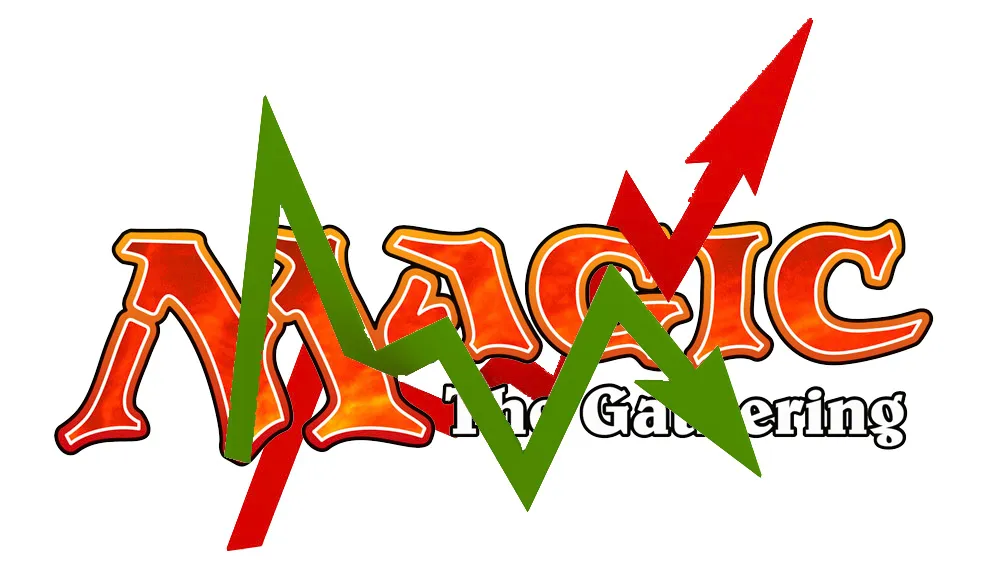
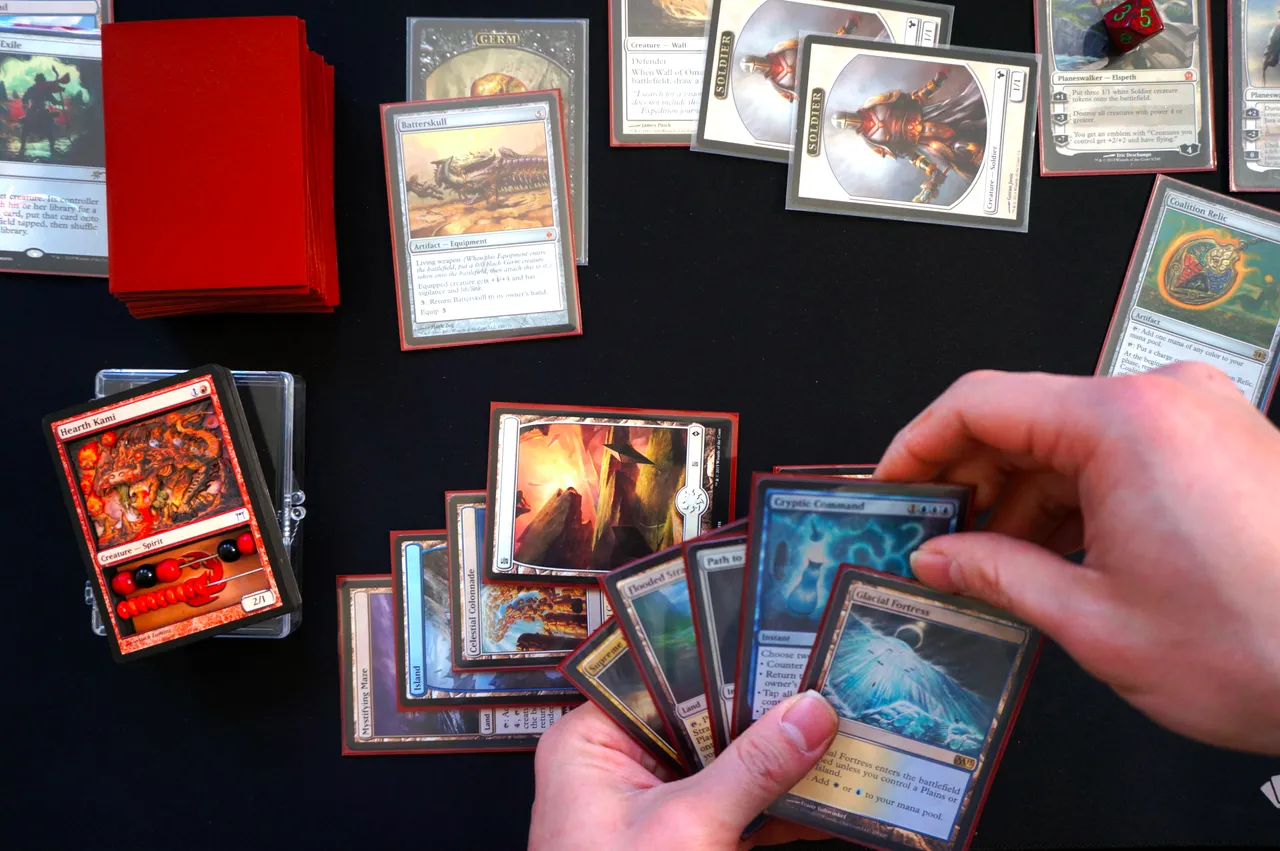
Many people don't realize it but MtG's age, popularity, and competitive scene drive prices to sky-high levels. Prices of cards rise and fall depending on 3rd-party sellers and their overall use in both casual and tournament scenes. It isn't unusual for a card to spike from $1 to $20 if it does well in a tournament. With around 30 million players worldwide, even small changes in competitive use can drastically affect prices.
Rarity also plays a huge factor and due to the expected longevity of the game (as opposed to fads like Pogs or Tamogachis for example) after 20 some-odd years, age and smaller supply can push up costs. In 2014 a man auctioned an Alpha (first-edition) Black Lotus for $24,000. Unique cards, foil editions, miscut accidents, signed cards, etc. all make for a diverse market of choices.
All of these factors create a unique ecosystem of physical (and digital, through the Magic the Gathering Online platform) assets that are bought, sold, traded, speculated on, and hyped.
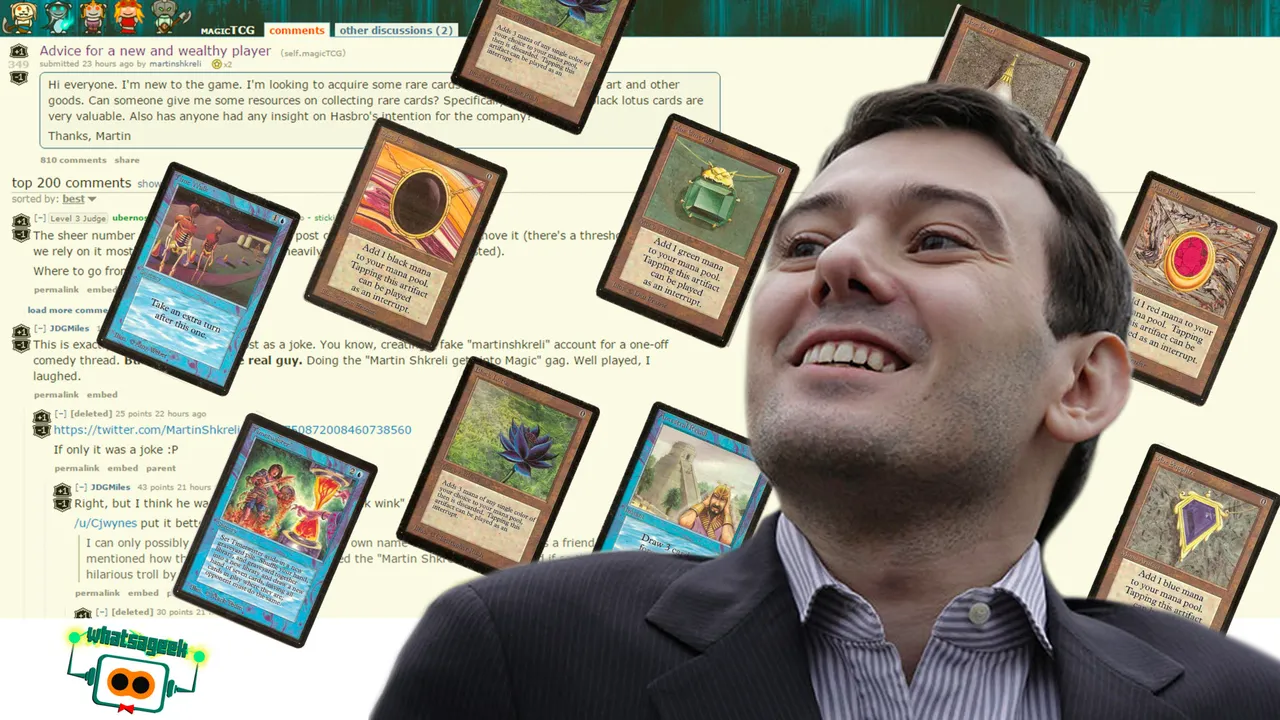
Source: What's a Geek
Even Shkreli got in on the action! Hehehe...
Gaming My Experience
When I started playing towards the end of 2015, I quickly became enthralled in the auxiliary world of trading for “profit.” It was, and still is, so fulfilling to trade $30 worth of cards for $120 worth 6 months later. MtG cards are easily liquifiable and many have turned speculation into a part-time profit machine. Looking back know, I have conservatively turned about $500 worth of purchases into around ~$2,000 during the last 1.5 years. This isn't tremendous gain but it goes to show how even basic understandings of asset movement, market needs, and effect of social activity has on turning a profit. Best of all, it allows me to seamlessly afford to seriously play a game that requires a hefty investment (~several hundred a year) without a direct burden on my wallet.
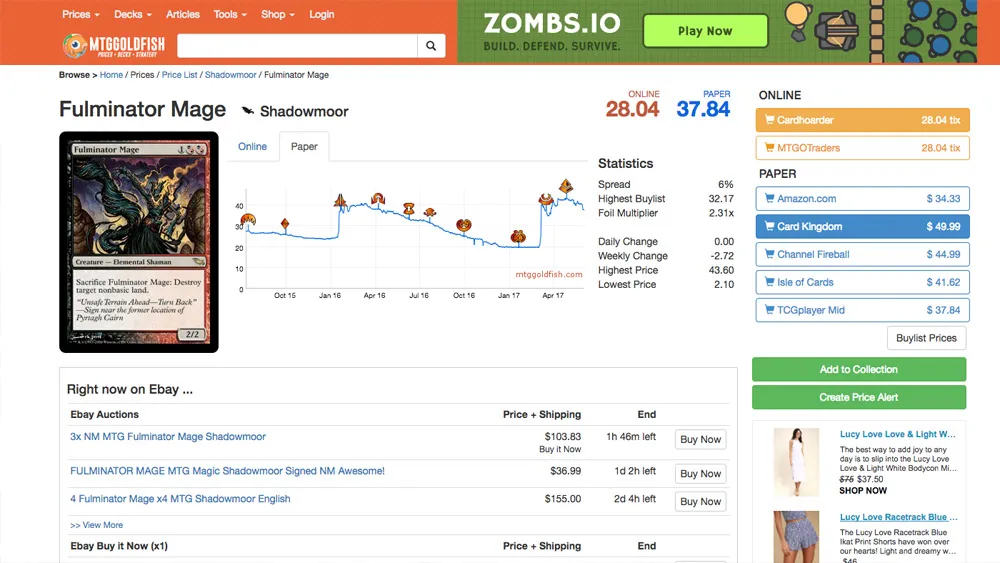
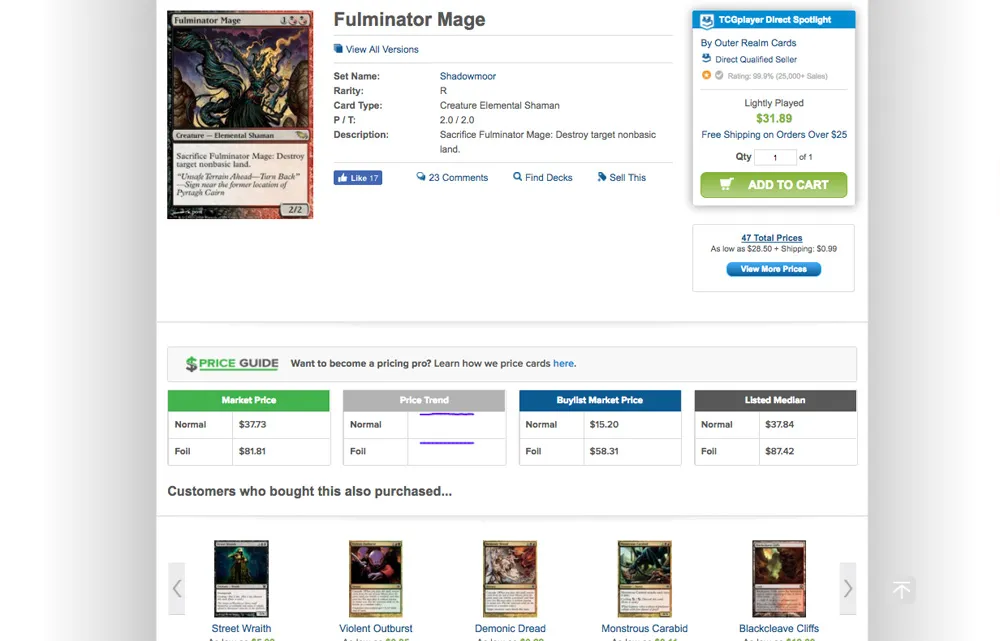
Examples of pricing/market models for individual card assets.
Digital currency has yet to fully take on mainstream application but I do see striking similarities of MtG trading in the crypto world. I believe with a baseline understanding of market and speculation, you can turn a bit of your Steem Dollars into a diverse portfolio of crypto.
Over the course of few posts, probably 1 a week, I'll go over the little tricks in market concerning trading assets for financial gain. I've already begun to use these sensibilities for various cryptos and am seeing notable progress.
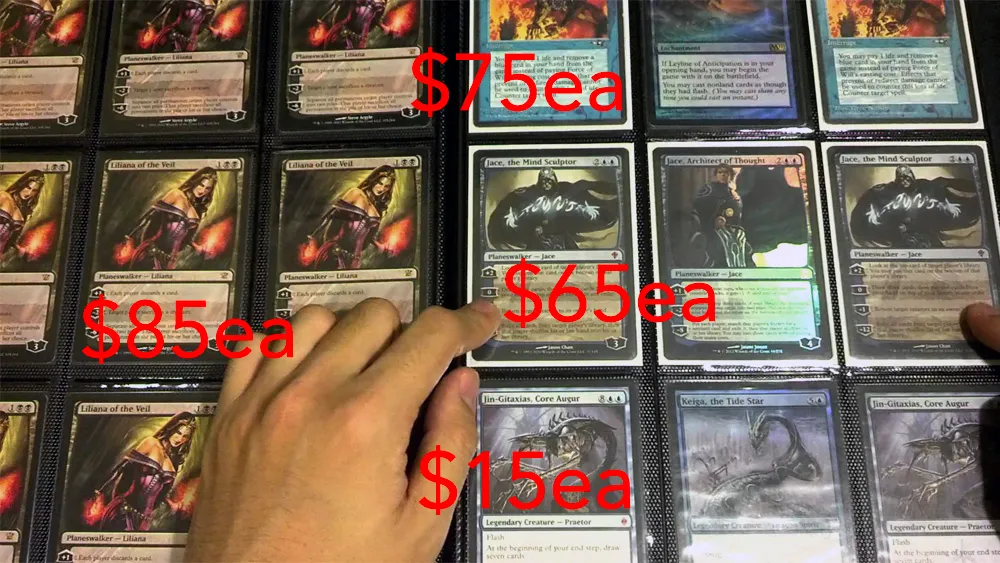
Examples of trade binders & value collections
What do you all think of this kind of post? I'd like to experiment more with posts that combine aspects of crypto with personal interests and experiences. I've been thinking a lot about what kinds of posts make Steemit unique and why you would share something on Steemit vs. Facebook or Twttier or Youtube or Instagram.
Let me know your thoughts below!
Be sure to comment, resteem, and 
and check out my design collective @hitheryon


and check out my design collective @hitheryon
